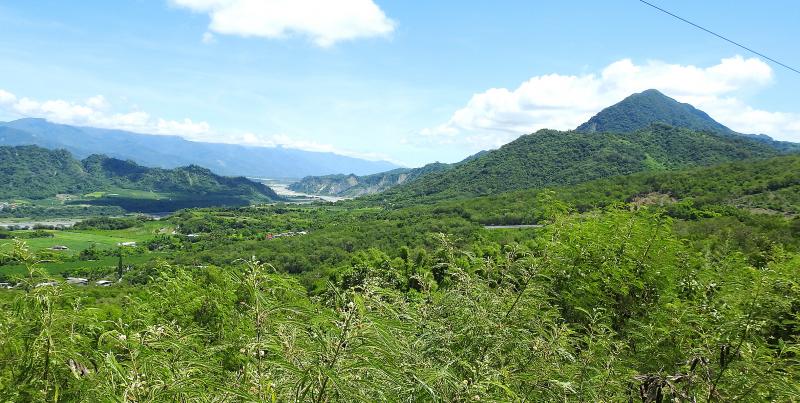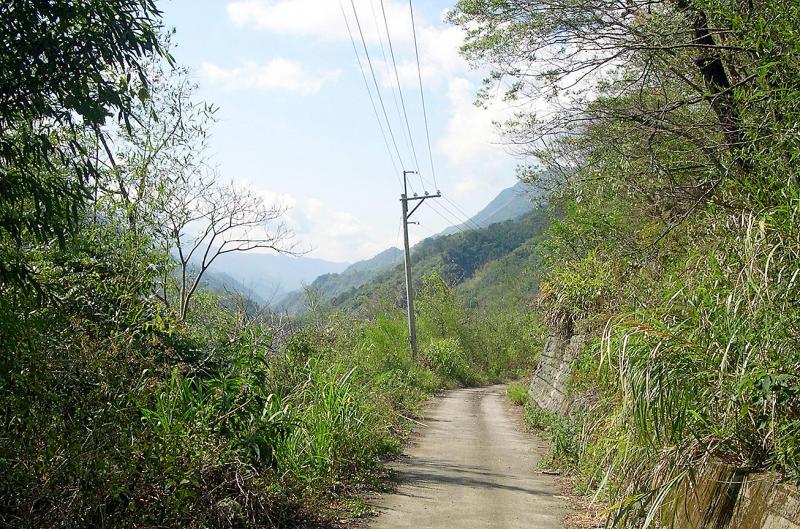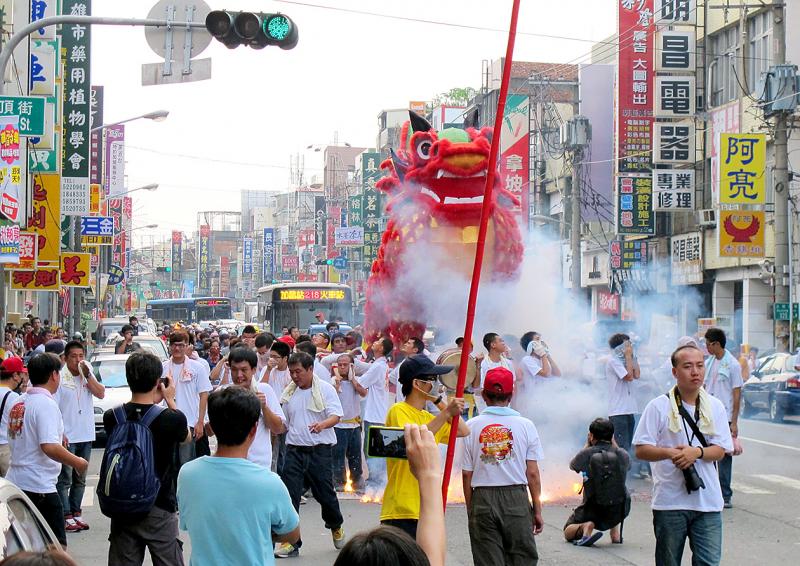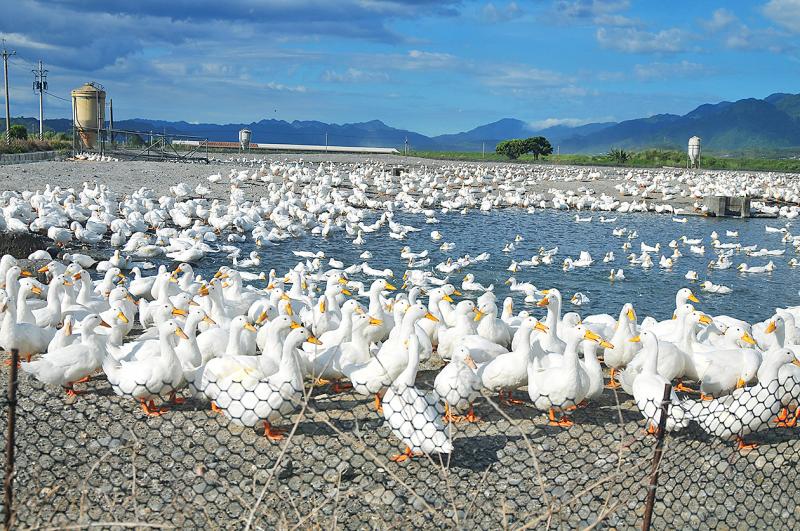Between Jan. 1 and the end of this month, humanity will exhaust Mother Nature’s biocapacity for the entire year of 2022.
Biocapacity is the ability of ecosystems to regenerate resources and absorb waste. If they’re left alone, depleted fish stocks may recover, soil can regain its health and woodlands that have been thinned will regrow. Both oceans and forests absorb anthropogenic carbon dioxide emissions.
But since around 1971, the world as a whole has been consuming ecosystem services and outputs faster than nature can regenerate them. Earth Overshoot Day exists to alert people to this alarming truth.

Photo: Steven Crook
#MOVETHEDATE
Defining the day as the point at which “humanity has exhausted nature’s budget for the year,” the Global Footprint Network (www.footprintnetwork.org) urges people to “explore solutions to #MoveTheDate.”
Overshoot calculations are based on a mix of precise data and estimates, but there’s little doubt that humans are putting great pressure on the planet. This year’s Earth Overshoot Day is July 28, compared to July 29 last year, Aug. 26 in 2005 and Oct. 11 in 1990.

Photo: Steven Crook
“Global overshoot is a very easy concept to communicate to the public, and to help them understand that we must rethink the priority attached to economic growth, and reduce our consumption,” says Chao Chia-wei (趙家緯), chair of the Taiwan Environment and Planning Association (台灣環境規劃協會).
Taiwan-based researchers haven’t written much about overshoot, yet local environmentalists are quite familiar with the idea, and have used it in exhibitions and campaigns, says Chao, who’s also an adjunct assistant professor at National Taiwan University’s International Degree Program in Climate Change and Sustainable Development.
However, he explains, as a basis for drafting public policy, it isn’t especially useful, because it doesn’t reveal much about important consumption patterns.

Photo: Steven Crook
“It’s difficult to design a comprehensive policy to change behavior if we don’t look at things like food consumption,” says Chao, who points to agriculture as a “kind of a blind spot” in Taiwan’s climate-change planning.
On its Web site, the Global Footprint Network lists estimated overshoot days for dozens of countries. If all of the world’s 7.9 billion people lived like the residents of gas-rich Qatar, Earth Overshoot Day would fall as early as Feb. 10. If lifestyles matched those of the French, the Germans or the Japanese, it’d be in early May.
The Global Footprint Network doesn’t mention Taiwan, but the Council of Agriculture’s Forestry Bureau and the Taipei-based Chung-Hua Institution for Economic Research (CIER) have been calculating Taiwan’s ecological footprint since 1994. Much of the work was done by CIER’s Lee Yung-Jaan (李永展). Lee, who died earlier this year, also served as executive director of the Community Empowering Society (台灣社區營造學會).

Photo: Hua Meng-ching, Taipei Times
According to a paper in Scientific Reports last year, co-authored by Lee, Taiwan’s overshoot day in 1994 was June 10. In 2018, it was March 14.
The shift to earlier in the year reflects “the fact that Taiwan is moving not toward but away from sustainability, continuing to appropriate the natural resources of other regions or future generations,” Lee and his co-authors wrote.
They also pointed out that the 1996 ecological footprint figure for Taiwan, of 4.67 gha/pp (“global hectares per person”), was a significant underestimate.
MEASURING BIOCAPACITY
The global hectare is a unit for measuring biocapacity. One global hectare is the average annual amount of biological production for human use (including human waste assimilation) per hectare of biologically productive land and fisheries.
The Earth had an estimated 12.2 billion global hectares in 2019, according to the Global Footprint Network’s Web site. This number is likely to shrink for reasons including urban sprawl and the decimation of fisheries. Because the human population continues to grow, the global “break-even point” is now probably less than to 1.6 gha/pp.
In 2004, Taiwan’s ecological footprint stood at 6.72 gha/pp. Between 2012 and 2018, it showed a very slight decline, from 6.61 gha/pp to 6.46 gha/pp.
Even so, if everyone on the planet lived like the average Taiwanese, humanity would be using up the biocapacity of four Earths.
Chao reiterates a point Lee and his co-authors make: Carbon emissions account for 60 percent to 70 percent of Taiwan’s ecological footprint, so reducing them should be a critical policy objective.
“We’ve made progress, compared to 10 years ago, but the rate of our progress is nowhere near what’s needed,” says Chao. If Taiwan can halve its carbon emissions, he explains, “we’ll get to where Japan and Spain are now.”
Earlier this year, the National Development Council published a roadmap showing how Taiwan can achieve carbon neutrality (“net zero”) by 2050. Chao, however, argues that another official goal, cutting carbon emissions by 20 percent by 2030, isn’t sufficiently ambitious.
“The target is ‘net-zero by 2050,’ but what about 2030? We should revise the target for 2030. If we’re going to reach net-zero by 2050, we need to cut carbon emissions by 40 percent by 2030,” he says.
Asked how Taiwan can achieve such reductions, he replies: “Everyone is talking about renewables, but the crucial issue is to manage energy demand growth, which is driven in large part by companies like TSMC (Taiwan Semiconductor Manufacturing Co).”
Last year, the Ministry of Economic Affairs (MOEA), Bureau of Energy, forecast that demand for electricity would grow by an average 2.5 percent annually until 2027.
A big shift in the behavior of ordinary people won’t by itself bring about rapid reductions in carbon emissions, Chao says.
“Even if everyone rides a Gogoro and quits eating meat, we’ll be nowhere near where we need to be,” he says.
ELECTRICITY PRICES
As for the energy-thirsty semiconductor industry, Chao says that demand side policy could reduce the world’s insatiable demand for chips. Measures that would extend the lifespan of smartphones and other products (for example, by guaranteeing “the right to repair”) may make a difference.
“If this were introduced by the US or the EU, it’d be much more effective than just Taiwan trying to do it,” he adds.
Chao expresses support for the electricity-price hike confirmed by the MOEA on June 27.
In a joint statement issued a few days before the ministry announced that around 22,000 large industrial users will have to pay 15 percent more for electricity — and that some households would see the tariff rise by 9 percent — five environmental groups, including Chao’s Taiwan Environment and Planning Association, asserted that: “Taiwan’s electricity prices have long failed to reflect external costs to the environment and have failed as a policy tool. With the goal of ‘net zero’ by 2050, a reasonable increase in electricity prices is imperative.”
Saying that industrial and large-scale consumers should shoulder the burden of higher prices, because those users have long benefitted from artificially cheap electricity, the groups also called on the government to support energy-saving technologies and households that face energy poverty.
Responding to complaints by industrialists who suggest that higher power costs could result in companies leaving Taiwan, the groups pointed out that the country’s electricity prices are very low by global standards, that industry is responsible for 76 percent of the increase in electricity consumption since 2018 and that power represents less than 2 percent of total production costs for the average manufacturing enterprise.
Stressing that energy costs don’t include externalities such as CO2 emissions and air pollution, and that a carbon tax would certainly enhance energy efficiency, Chao says he’d back an additional modest increase in electricity prices in the short term.
“We must also implement strategies that push energy-intensive industries to reform and decarbonize,” he adds.
At the same time, Chao says the world needs to move beyond GDP growth as the measure of a country’s success: “We should agree on a different index, a ‘wellbeing index,’ instead of GDP.”
Steven Crook, the author or co-author of four books about Taiwan, has been following environmental issues since he arrived in the country in 1991. He drives a hybrid and carries his own chopsticks. The views expressed here are his own.

When nature calls, Masana Izawa has followed the same routine for more than 50 years: heading out to the woods in Japan, dropping his pants and doing as bears do. “We survive by eating other living things. But you can give faeces back to nature so that organisms in the soil can decompose them,” the 74-year-old said. “This means you are giving life back. What could be a more sublime act?” “Fundo-shi” (“poop-soil master”) Izawa is something of a celebrity in Japan, publishing books, delivering lectures and appearing in a documentary. People flock to his “Poopland” and centuries-old wooden “Fundo-an” (“poop-soil house”) in

Jan 13 to Jan 19 Yang Jen-huang (楊仁煌) recalls being slapped by his father when he asked about their Sakizaya heritage, telling him to never mention it otherwise they’ll be killed. “Only then did I start learning about the Karewan Incident,” he tells Mayaw Kilang in “The social culture and ethnic identification of the Sakizaya” (撒奇萊雅族的社會文化與民族認定). “Many of our elders are reluctant to call themselves Sakizaya, and are accustomed to living in Amis (Pangcah) society. Therefore, it’s up to the younger generation to push for official recognition, because there’s still a taboo with the older people.” Although the Sakizaya became Taiwan’s 13th

For anyone on board the train looking out the window, it must have been a strange sight. The same foreigner stood outside waving at them four different times within ten minutes, three times on the left and once on the right, his face getting redder and sweatier each time. At this unique location, it’s actually possible to beat the train up the mountain on foot, though only with extreme effort. For the average hiker, the Dulishan Trail is still a great place to get some exercise and see the train — at least once — as it makes its way

Earlier this month, a Hong Kong ship, Shunxin-39, was identified as the ship that had cut telecom cables on the seabed north of Keelung. The ship, owned out of Hong Kong and variously described as registered in Cameroon (as Shunxin-39) and Tanzania (as Xinshun-39), was originally People’s Republic of China (PRC)-flagged, but changed registries in 2024, according to Maritime Executive magazine. The Financial Times published tracking data for the ship showing it crossing a number of undersea cables off northern Taiwan over the course of several days. The intent was clear. Shunxin-39, which according to the Taiwan Coast Guard was crewed